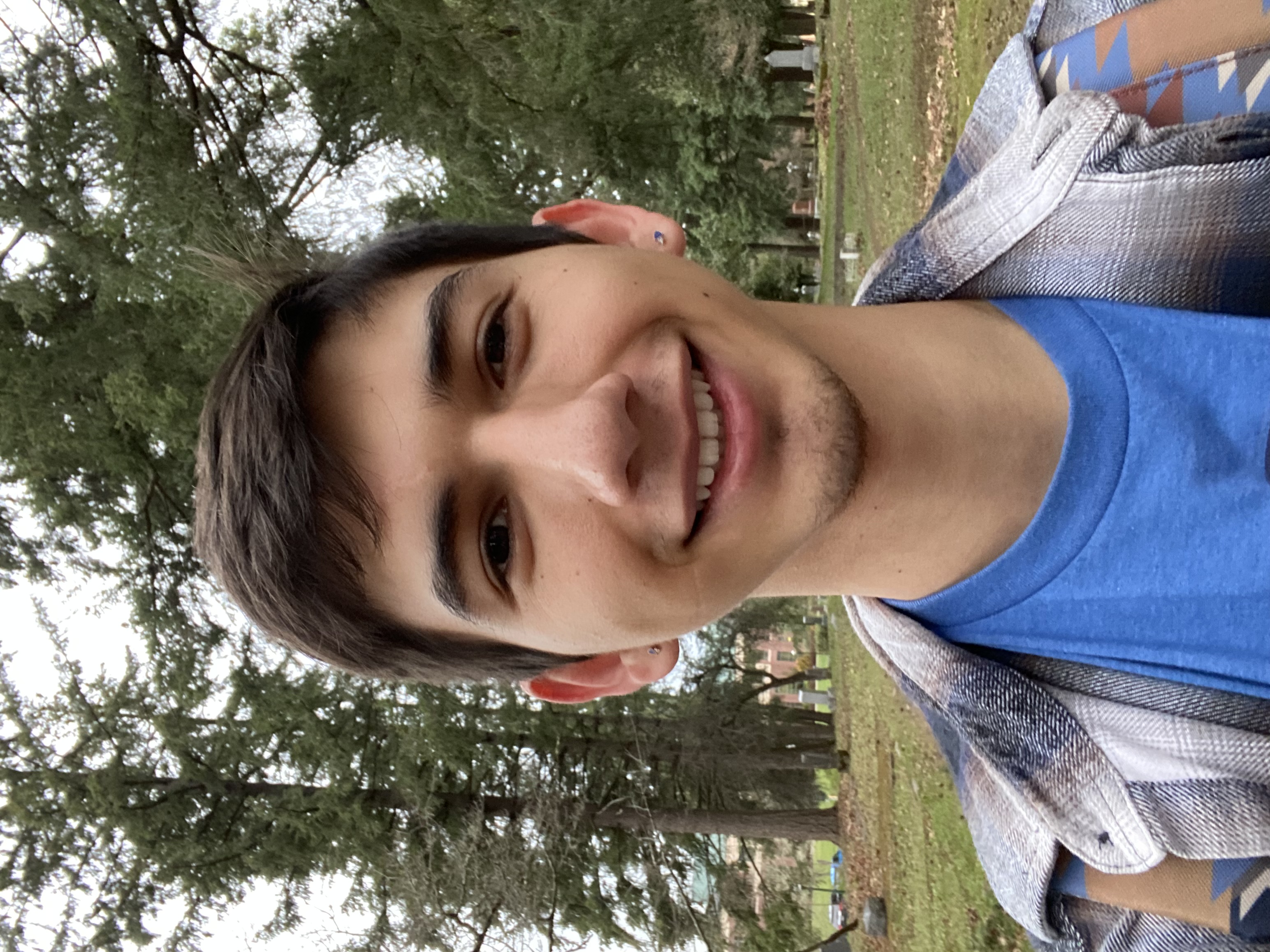Biomaterials
(C-109) Protein Delivery Through Affibody Conjugated Polyethylene Glycol Hydrogels

Juan L. Garcia (he/him/his)
Undergraduate Student
University of Oregon
Eugene, United States- YP
Yan Carlos Pacheco (he/him/his)
Graduate Student
University of Oregon - Knight Campus
Eugene, Oregon, United States 
Marian H. Hettiaratchi
Assistant Professor
University of Oregon Knight Campus for Accelerating Scientific Impact, United States
Presenting Author(s)
Co-Author(s)
Primary Investigator(s)
The delivery of therapeutic proteins is a dynamic area of research, with biomaterials continuously evolving to enhance their therapeutic efficacy and localized delivery. However, current clinical delivery methods lack precise control over timed protein release, hindering optimal therapeutic outcomes. To address this critical need, the development of a protein delivery system with controlled and timed release becomes paramount. Such a system would enable precise regulation of protein concentrations over time, mimicking natural physiological processes and enhancing the therapeutic benefits.
Our research focuses on affinity-based biomaterial delivery systems. We specifically explored 4-arm polyethylene glycol maleimide (PEG-4MAL) hydrogels combined with affibodies for stimulating tissue regeneration. Affibodies, which are small 7kDa proteins, can be engineered for varying affinities and specificities towards target proteins. They can be screened for affinity and specificity for target proteins using yeast surface display libraries or can be rationally designed through computational protein modeling. Leveraging their unique properties, we aimed to achieve timed and precise release of the therapeutic proteins granulocyte-macrophage colony-stimulating factor (GM-CSF) and bone morphogenetic protein 2 (BMP-2) for tissue regeneration.
Discovering affibodies with the desired affinity and specificity for target proteins is just the initial step in designing affibody-based protein delivery systems. Determining the optimal hydrogel weight percent, affibody concentration, and degradation/swelling of these hydrogels is necessary to achieve a protein delivery system with high therapeutic potential.
Materials and Methods::
PEG 4-MAL hydrogels were synthesized by dissolving the polymer in pH 7 phosphate-buffered solution (PBS). The mixture was then reacted with our selected affibody, through a thiol-maleimide reaction (García et al., 2018). To fabricate hydrogels with specific dimensions, a negative mold was created using CAD software and printed using polylactic acid (PLA) filament, with 8 mm dimeter and 2 mm high cylindrical columns. The positive mold was then made with a rubber silicon. Subsequently, the PEG solution, after reacting with our selected affibody through a thiol-maleimide reaction, was placed in the mold. The remaining maleimides were reduced by adding dithiothreitol (DTT) to crosslink the hydrogel.
Once the hydrogels were formed, a wash step was performed with PBS buffer to remove any excess DTT. Following the wash, the gels were incubated for 24 hours at 4ºC in 1mL of PBS + 0.1% BSA (PBSA) solution containing 100ng of GM-CSF. After allowing the hydrogels to uptake GM-CSF or BMP-2, the remaining solution was saved for further analysis, and fresh PBSA was added to each gel. This media was collected and replaced with fresh PBSA at 1,2,3,4,24,48, and 72hrs.
Total GM-CSF content was analyzed through enzyme linked immunosorbent assay (ELISA). Manufacturer protocol was followed, and sample concentrations were determined using a four-parameter logistic regression curve using the PRISM software.
Results, Conclusions, and Discussions::
Results:
Our high-affinity GM-CSF affibody have a dissociation constant (KD) of 441.4 nM, which delayed the release of GM-CSF compared to a PEG hydrogel without any affibody. While all hydrogels initially exhibited a burst release, affibody-conjugated gels demonstrated a sustained release of GM-CSF, unlike PEG-only gels which continued to exhibit a high release rate. Most of the protein release occurred within the first 24 hours for both groups, followed by a plateau in protein release.
Conclusion:
We have demonstrated that incorporating affibodies into PEG 4-MAL hydrogels can tailor the release of GM-CSF. The results demonstrate the potential of affibodies to control protein release in vitro, enabling sustained delivery.
Through the optimization of these hydrogels, further control can be exerted toward defining the release profile of growth factors and cytokines. Future investigations will explore additional affibodies for GM-CSF that have a low (KD=3783 nM) and moderate affinity (KD= 971.0 nM) for controlled release.
Discussion:
Fine-tuning the release kinetics through weight percent optimization will be crucial for achieving the desired therapeutic outcomes. In addition to in-vitro studies, statistical modeling tools can streamline gel optimization. Evaluating hydrogel porosity will provide additional insights into achieving the best weight percent. Future studies will focus on assessing long-term stability, biocompatibility, and in vivo efficacy of these innovative protein delivery systems.
Acknowledgements (Optional): :
References (Optional): :
Cruz-Acuña, R.; Quirós, M.; Huang, S.; Siuda, D.; Spence, J. R.; Nusrat, A.; García, A. J. PEG-4MAL Hydrogels for Human Organoid Generation, Culture, and in Vivo Delivery. Nat Protoc 2018, 13 (9), 2102–2119. https://doi.org/10.1038/s41596-018-0036-3.
